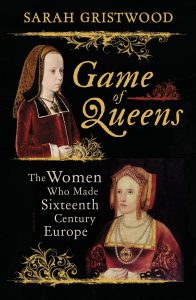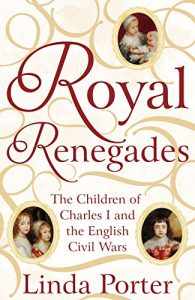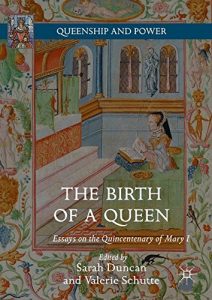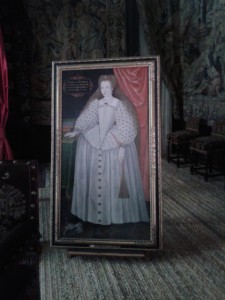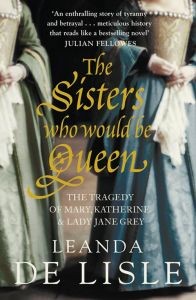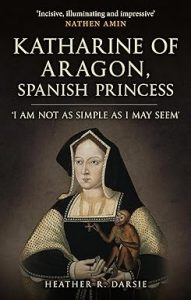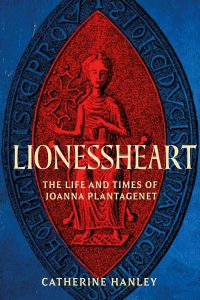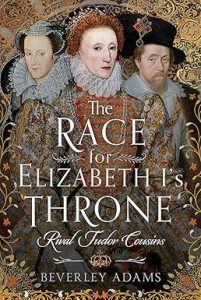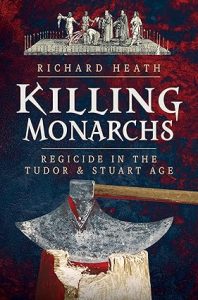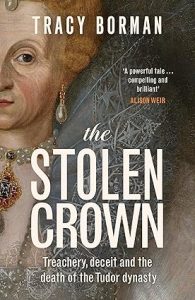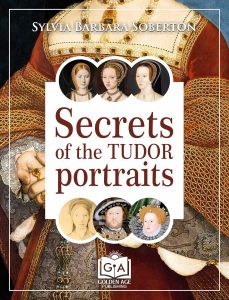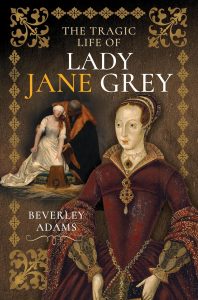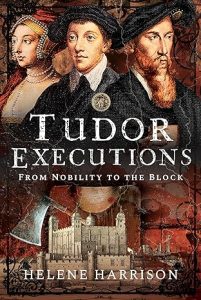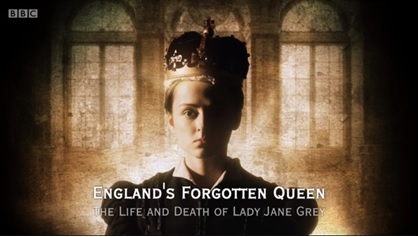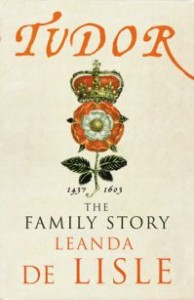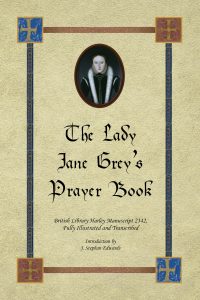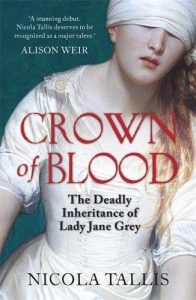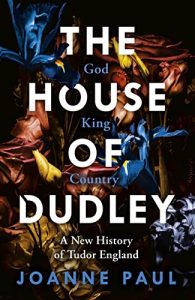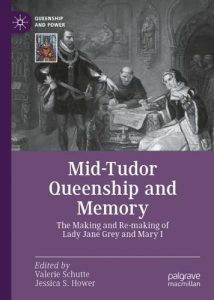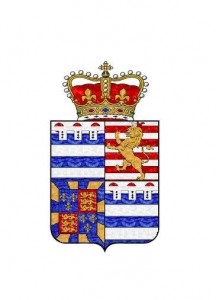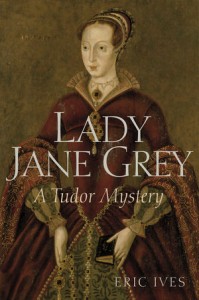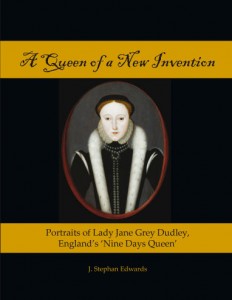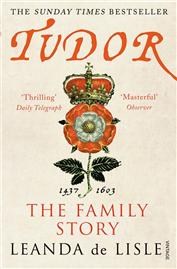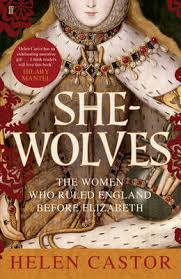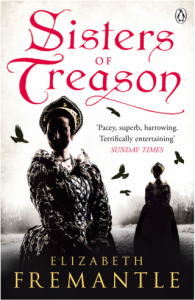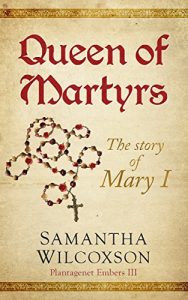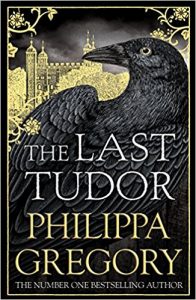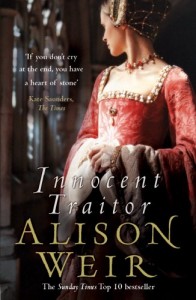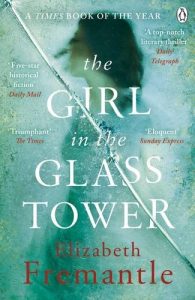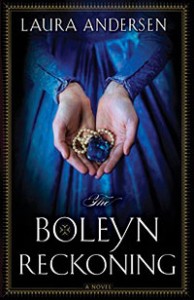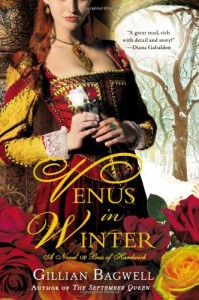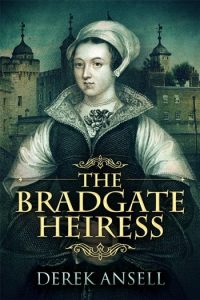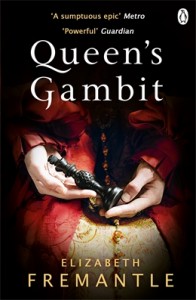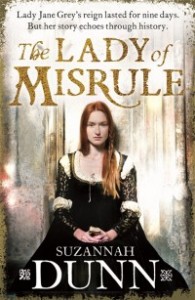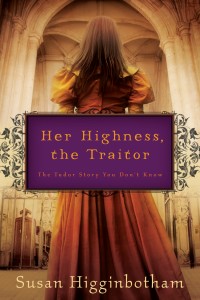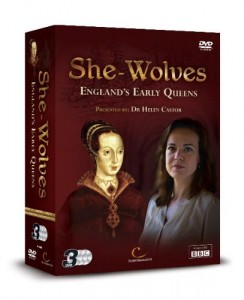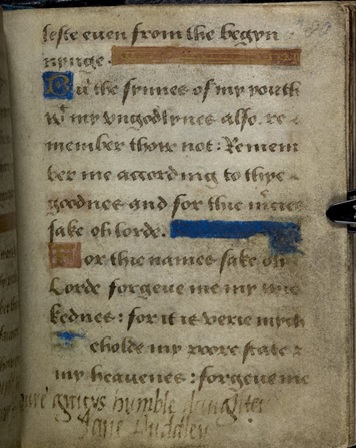6th October 2016 – The Lives of Tudor Women by Elizabeth Norton
‘The turbulent Tudor age never fails to capture the imagination. But what was it actually like to be a woman during this period? This was a time when death in infancy or during childbirth was rife; when marriage was usually a legal contract, not a matter for love, and the education of women was minimal at best. Yet the Tudor century was also dominated by powerful and characterful women in a way that no era had been before. Elizabeth Norton explores the seven ages of the Tudor woman, from childhood to old age, through the diverging examples of women such as Elizabeth Tudor, Henry VIII’s sister who died in infancy; Cecily Burbage, Elizabeth’s wet nurse; Mary Howard, widowed but influential at court; Elizabeth Boleyn, mother of a controversial queen; and Elizabeth Barton, a peasant girl who would be lauded as a prophetess. Their stories are interwoven with studies of topics ranging from Tudor toys to contraception to witchcraft, painting a portrait of the lives of queens and serving maids, nuns and harlots, widows and chaperones.’
Further details – Elizabeth Norton
Further details – Head of Zeus
Further details – Amazon.co.uk
6th October 2016 – Game of Queens: The Women Who Made Sixteenth Century Europe by Sarah Gristwood (UK)
‘The dramatic story of the 16th century in Europe as told through thirteen women who wielded power, from Anne Boleyn and Catherine de Medici to Elizabeth I
Sixteenth-century Europe saw an explosion of female rule. From Isabella of Castile and her granddaughter Mary Tudor, to Catherine de Medici, Anne Boleyn, and Elizabeth Tudor, women wielded enormous power over their territories for more than a hundred years. In the sixteenth century, as in our own, the phenomenon of the powerful woman offered challenges and opportunities. Opportunities, as when in 1529 Margaret of Austria and Louise of Savoy negotiated the “Ladies’ peace” of Cambrai. Challenges, as when both Mary Queen of Scots and her kinswoman Elizabeth I came close to being destroyed by sexual scandal.
A fascinating group biography of some of the most beloved (and reviled) queens in history, Game of Queens tells the story of the powerful women who drove European history.’
Further details – Sarah Gristwood
6 October 2016 – Royal Renegades: The Children of Charles I and the English Civil Wars by Linda Porter
‘The fact that the English Civil War led to the execution of King Charles I in January 1649 is well known, as is the restoration of his eldest son as Charles II eleven years later. But what happened to the king’s six surviving children is far less familiar.
Casting new light on the heirs of the doomed king and his unpopular but indefatigable Catholic queen, Henrietta Maria, acclaimed historian Linda Porter brings to life their personalities, legacies, feuds and rivalries for the first time. As their calm and loving family life was shattered by war, Elizabeth and Henry were used as pawns in the Parliamentary campaign against their father; Mary, the Princess Royal, was whisked away to the Netherlands as the child bride of the Prince of Orange; Henriette Anne’s redoubtable governess escaped with the king’s youngest child to France where she grew up under her mother’s thumb and eventually married the cruel and flamboyant Philippe d’Orleans.
When their ‘dark and ugly’ brother Charles eventually succeeded his father to the English throne after fourteen years of wandering, he promptly enacted a vengeful punishment on those who had spurned his family, with his brother James firmly in his shadow. A tale of love and endurance, of battles and flight, of educations disrupted, the lonely death of a young princess and the wearisome experience of exile, Royal Renegades charts the fascinating story of the children of loving parents who could not protect them from the consequences of their own failings as monarchs and the forces of upheaval sweeping England.’
Further details – Linda Porter
Further details – Andrew Lownie – Linda Porter


